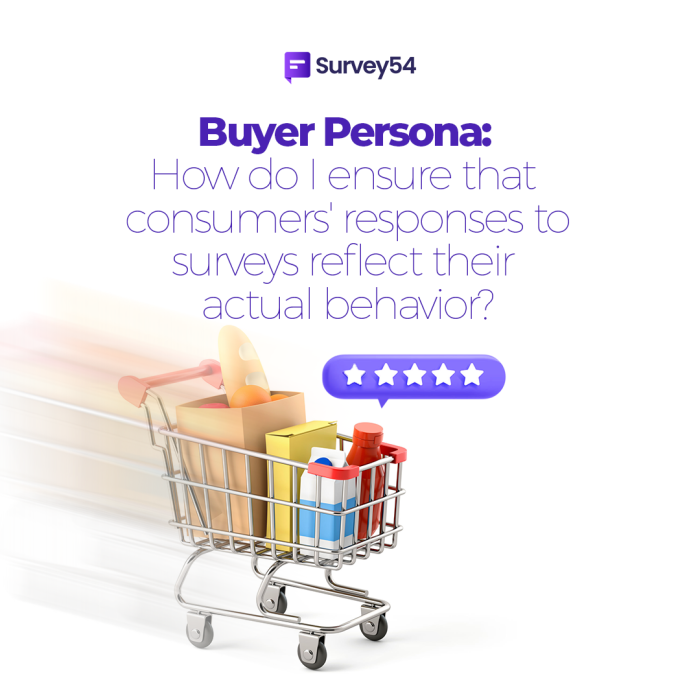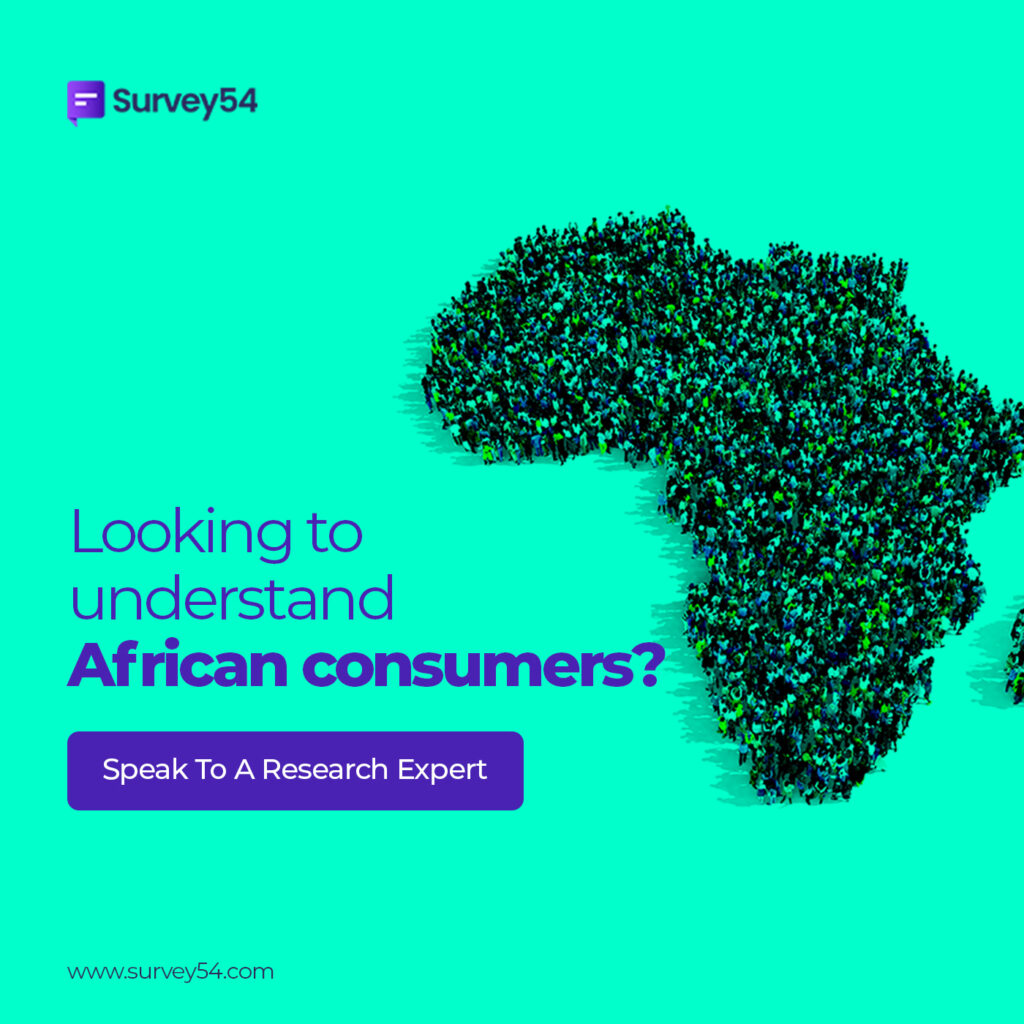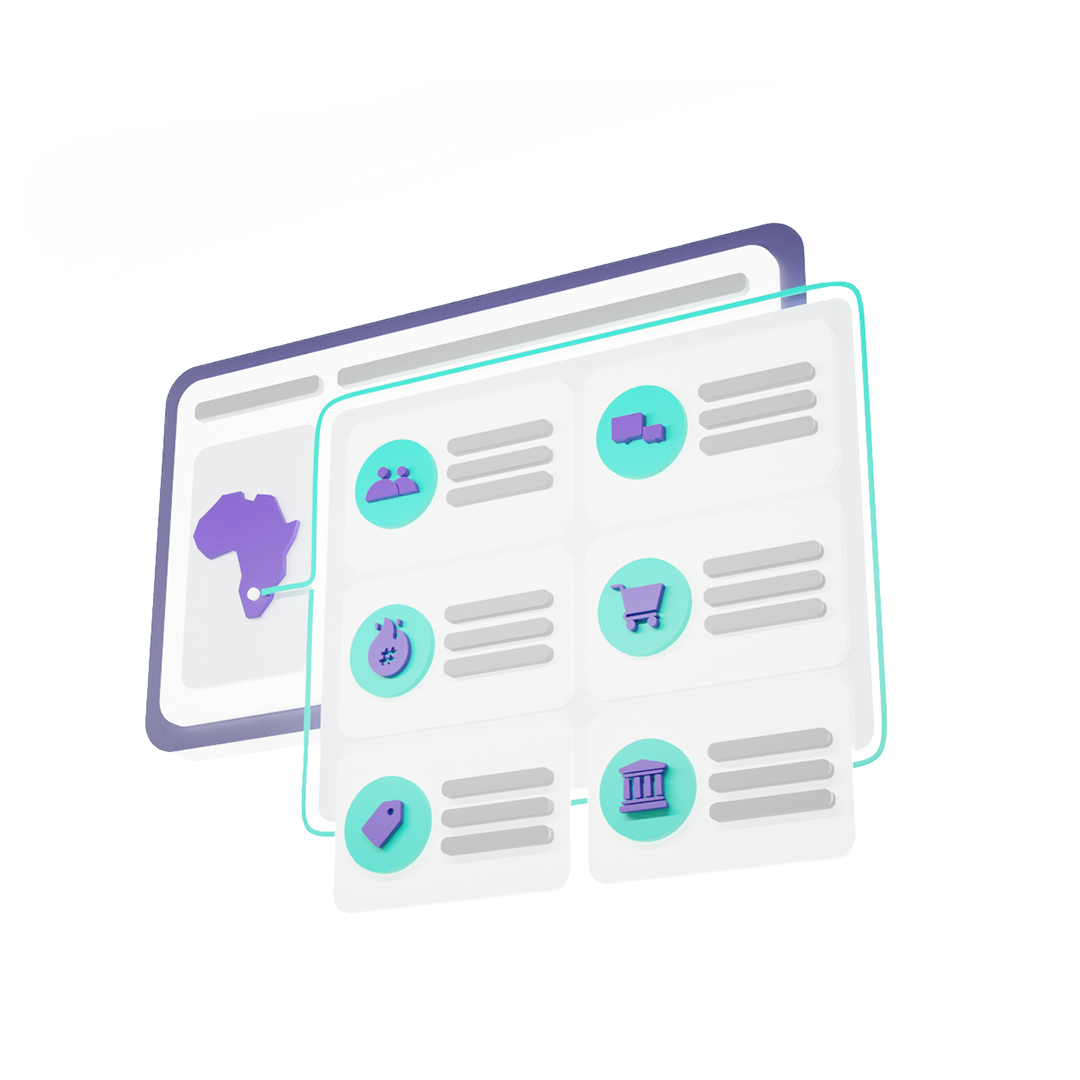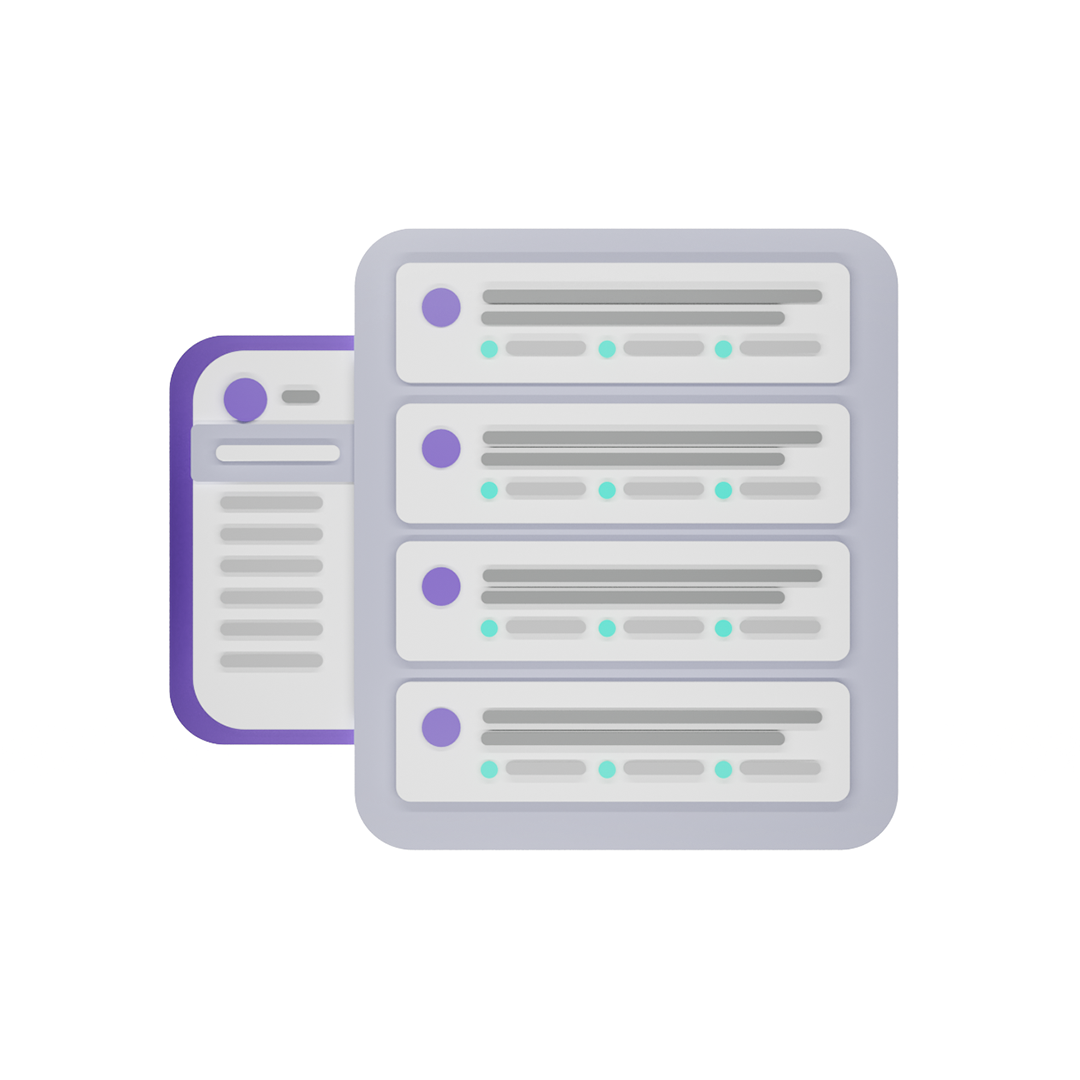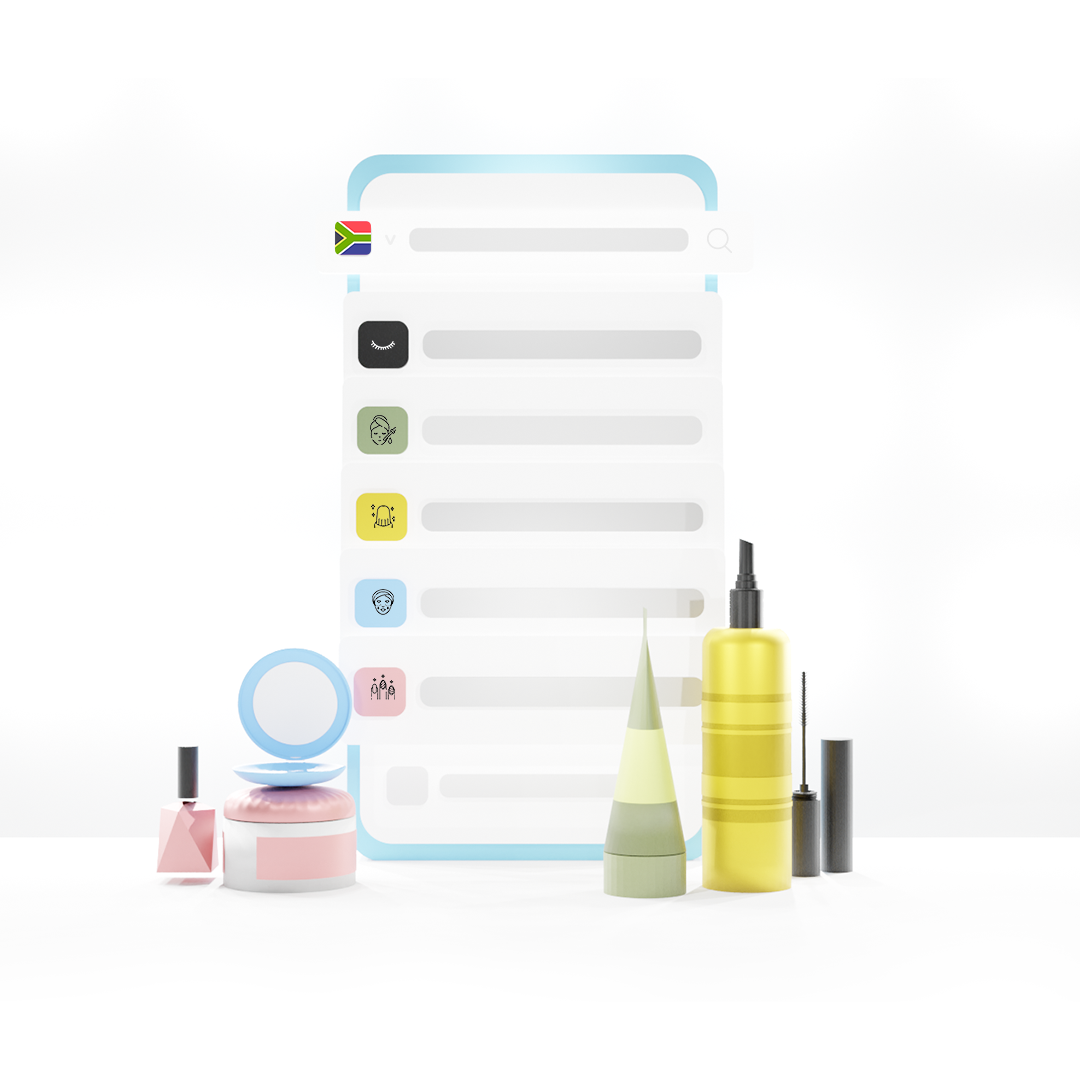Buyer personas are characterizations of your targeted consumers based on market research. Each Persona exemplifies the demographics, pain points, purchasing behaviors, and motives of a particular market sector. They assist you in visualizing your target market as actual individuals, as opposed to abstract traits, and influence the quality of survey responses you get when you conduct market research.
Each buyer persona gives a specific portion of your target customer a name and a face. It transforms a set of attributes into a fictional buyer, such as “Busy Bayo,” the customer who does not have free time, or “Careful Candice,” the buyer who wants to know all about your product or service before purchasing it. While these fictional personas do not represent every consumer in a category, they illustrate who your actual customers could be.
Since the dawn of time, marketers have created narratives about their clients. They added personalities, gave them matching names and characteristics, and named the whole collection Personas.
Each Persona has a purpose: to assist Marketers in segmenting their target customers based on their purchasing decisions so that they may be targeted effectively, efficiently, and with minimal effort.
However, most Personas are unsuccessful. Matt Lerner, for example, describes how PayPal squandered almost $1 million on Personas without receiving any real return.
Despite this, Marketing teams in several firms continue to invest an incredible amount of time, effort, and resources in creating Personas!
The challenge with Personas
Don’t get it twisted; it is not the name that rhymes. It is also not the purpose of the personas. Nor how they are employed. Instead, it is the specific type of data that is absent from the majority of Personas.
People do not purchase items based on who they are but on who they aspire to be. Yet, most Personas only contain data reflecting customers’ current status, not their desired objectives.
As a result, many Personas fail.
Sam Grover asserts that most Buyer personas are explicit about irrelevant factors but ambiguous about those that matter. Notwithstanding, seasoned marketers are aware of this fact.
However, their attempts to resolve the issue have proved ineffective.
Instead of addressing the issue head-on, i.e., understanding why customers purchase their products, they continue to add more data to substitute for its ineffectiveness.
This is why 10-page Personas and startups with 10–20 distinct Personas are common. However, it is ineffectual due to the absence of the essential component.
Unfortunately, this is comparable to most people’s attempts to tackle the Persona problem.
Moreover, because most Personas contain irrelevant information, they can lead us to incorrect judgments.
This is because of how the brain functions and makes judgments.
Therefore, when traditional Personas lack crucial data, our brain will fill in the gaps with assumptions. Occasionally, things turn out well. And we are the beneficiaries. However, what occurs when it does not? Obvious failure.
3 elements that guarantee quality survey responses to your market research
It is commonly acknowledged that surveys can be challenging due to respondents’ unwillingness to participate and the potential that respondents will not answer questions truthfully out of embarrassment.
You cannot afford to rely on any response since you need it to make smarter business decisions that will deepen your relationship with your audience and increase your organization’s success and bottom line.
If you feel that you are not receiving quality customer survey responses in Africa, Survey54 assures that you get ONLY reliable responses relevant to your organization in 3 ways:
1. Conduct Focus groups/ Video Interviews
Employ the focus groups and video interviews provided by Survey54 to interact directly with consumers and ask them unscripted, linked questions.
One thing we can guarantee is that you will always be amazed by the reasons why consumers purchase your products.
This is why it is advisable to conduct one-on-one interviews. It lets you deep-dive into your customers’ preferences and why they buy.
Stop the speculation. You are not the client. And even if you feed yourself with relevant data, biases will remain. Therefore, engage your customers in conversation.
2. Speak with people who have used your product recently
In research interviews, we do not speak with just anyone.
Instead, you should identify customers who have switched recently from one Product/Service/Brand. When customers switch, it indicates that the preceding product failed to satisfy a Job-to-be-done (JTBD).
Product changes occur in two ways:
- The maiden purchase. From a product other than yours.
- When a customer abandons your product for another.
This is why we interview two groups of individuals:
- Your new customers
- Recent buyers who churned
At Survey54, we ensure this with our screener questions, which we ask at the beginning of the survey to ensure that respondents are qualified to participate.
One or more Screener questions may be present. However, the more the screener questions, the more the likelihood of recruiting the appropriate survey respondents.
In addition, the more recent the contact with your product, the more easily people can recollect their tale precisely and honestly share their experiences.
3. Validate your results using Surveys.
You now understand your consumers’ thoughts and how to present surveys for actionable feedback effectively.
We scale our findings from a tiny sample (Interviewed Respondents) to a larger population via surveys (The entire customer base).
Then we inquire:
- Does it resonate?
- Upon random selection, do they align with any of the clusters?
- If yes, how many individuals possess these traits?
- Then, how significant is it to them?
- What of us? Etc
Then, we rank each job to be done according to the response. Congratulations, you now have an actionable Buyer’s Persona.
DO’s and DON’Ts of Personas
- Be wary of Assumptions and Prejudices. Although one cannot completely avoid them, you must be aware of their existence. Or they would hinder the expansion of your Business. Several examples of bias are Race, Gender, Title, and Image.
- Consider the extremes; the center will take care of itself.Extremes are where the most lucrative business opportunities occur, not the middle. Because the center is “safe,” yet it is fiercely competitive and filled with ruthless competitors.
- Focus on performing a few tasks well.
What is the purpose?
Individually understanding your clients is essential for effective persuasion. If you work in the Service industry, this is relatively simple.
Due to the nature of a SaaS business, which necessitates dealing with hundreds of consumers simultaneously, comprehending on an individual level is futile.
Consequently, segmentation and Personas are required.
In general, they are simply tools. And their efficacy rests not on the devices themselves but on how they are utilized. So, follow this guide, communicate with your consumers, learn, implement what you’ve learned, and iterate.
You don’t need more data, but the right data. It comes exclusively from your customers.
Stop speculating. Observe, communicate, and learn. Does your Persona provide the required information to make sound business decisions and stimulate business expansion?
If not, it is your responsibility to design one that does. Do you want to learn more about getting quality responses in Africa? Click to send an email to info@survey54.com

